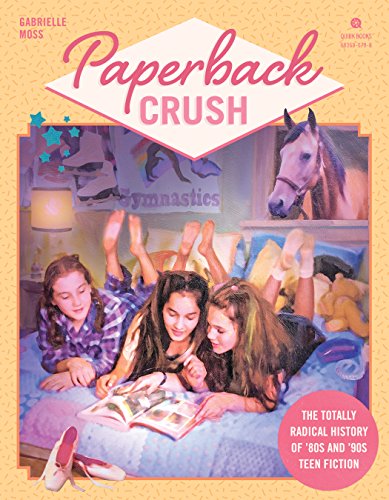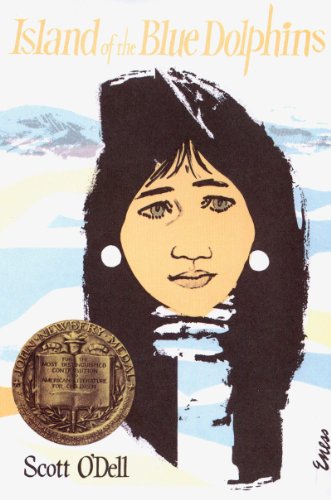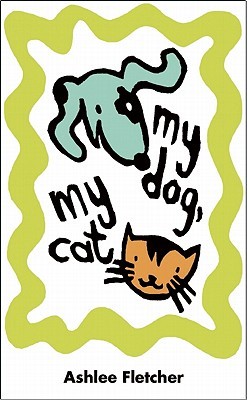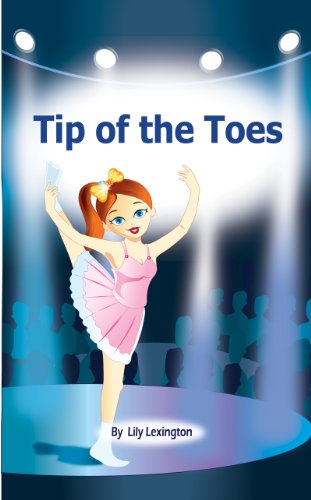Paperback Crush. Gabrielle Moss. 2021. Quirk Books. 257 pages. [Source: Public library.] Be still, my heart. As a child of the ’80s, I longed for few things more than the day the Scholastic book flyer was distributed at school or a Saturday spent at the mall with my friends, roaming through Sam Goody & Waldenbooks while figuring out when we’d get our Cinnabon and Orange Julius fix. My world has always been consumed by books, but nothing brings on nostalgia like remembering the thousands of hours I spent devouring teen fiction. Series like The Baby-Sitters Club, Sweet Valley High, and, of course, R.L. Stine’s Fear Street had a chokehold not just on me, but countless teen readers and Paperback Crush is a retrospective of the genre with attention paid to heavy hitters and lesser-known books. With Paperback Crush, Moss revisits some of the most seminal teen fiction of the 1980s and ’90s with remarkable depth. While it’s not a scholarly read, it’s clear Moss conducted extensive research on the history of teen fiction and its content’s evolution over time. There are readers who would argue that this era of teen fiction is a “golden era” of sorts, without considering what…
Island of the Blue Dolphins. Scott O’Dell. 1960. 194 pages. Houghton Mifflin. [Source: personal copy.] Admittedly, this is a book I should have read years ago. Like, over 20 years ago when my grandmother gave me a copy. But a good book is both timeless and ageless, so when my little one had to read it for class, I decided it was past time for me to read it as well. I’m upset that I didn’t read this sooner; 10-year-old me would have loved it; adult me, however, had better context for the book and appreciated it more than I could have at that age. Island of the Blue Dolphins centers on Karana, a 12-year-old girl whose family lives on the remote island of San Nicolas. It recounts the coming of Aleuts, who exploit the island’s resources, hunting and failing to pay what they agreed to the island’s inhabitants. The result is a decimated population, with many of the men gone, and the women and children left to figure out how to survive. One day, another ship comes, bearing people who will take the inhabitants to a new home. Everything is fine until Karana’s brother is left behind and she jumps ship to stay with…
My Dog, My Cat. Ashlee Fletcher. 2011. 42 pages. Tanglewood. [Source: ARC provided courtesy of NetGalley.] My Dog, My Cat is a child’s reflection of the differences between his/her two pets. The differences include physical attributes, playtime habits and food preferences. Toward the end of the book, the child also reflects on the dog and cat’s similarities. This is a nice way to introduce the concepts of comparing and contrasting to a child while letting them do so with familiar animals.
Tip of the Toes. Lily Lexington. 2012. 21 pages. [Source: Personal copy} I downloaded this book for free some time ago, but it has easily found its way into my daughter’s favorites list. The book follows the main character as she attends ballet classes and prepares for her rectal solo. It’s educational in that it highlights common ballet moves, with basic instructions on how she completes them. I found this useful as a way to expose a child to the art of ballet without having to take them to a class. The digital illustrations are a good accompaniment to the story. They’re bright and colorful, without being too busy.




